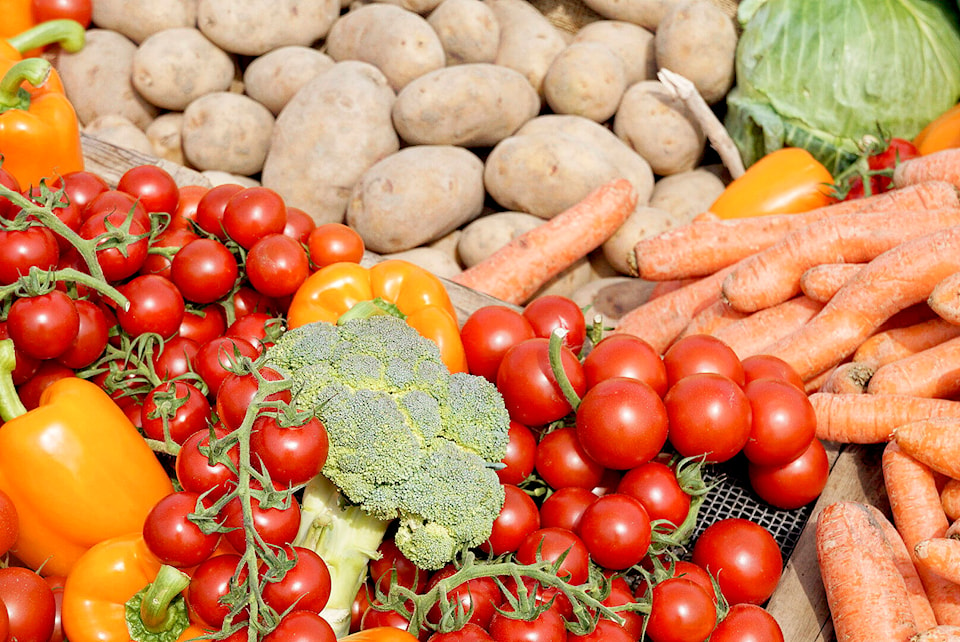Harvesting the vegetables in fall is a more pleasant task on a warm day but do not rush the root crops because many of them store when they are dug later in the season after they have developed a thicker skin.
Potatoes are easily dug by placing a fork. Remove the tubers from the ground and set them in a sunny area for a few hours to allow the soil to dry and be easily brushed from the tubers. Place the potatoes in a perforated box or bag that allows air to circulate and the tubers to remain dry. Store in a cool, damp area in the dark. Potatoes that are exposed to light for a period of time turn green and bitter.
Carrots can be left in the ground until it begins to freeze but most people dig them earlier. Once the carrots are dug, remove the tops and wash all the dirt from the roots. Once clean they can be placed in a plastic bag with either the top open slightly or holes in the bag. Placing a paper towel in the bag will help absorb excess moisture that can cause rot. Be sure to change the towel every couple of weeks.
Carrots can also be stored by being packed in clean sand and placed in a cold room.
Beets are usually dug earlier depending on the variety. Some beets will grow large and be tasty, others will be woody. They can be stored similarly to carrots.
Parsnips should be the last root vegetable dug as they are sweeter later in the year. If left in the ground they can be dug and eaten first thing in the spring before they sprout.
Once the onions tops fall over, pull them up and place them in a dry, sunny area until their tops become dry. Store them in a cool dry area.
Garlic is cared for similar to onions. Save some of the medium sized heads and cloves to plant at the end of September, early October.
When the weather is consistently cold at night, pick all the tomatoes and place them in a box and cover them with newspaper. If they are placed in the fridge or left outside during cold weather, the taste and texture of the fruit will change.
Tomatoes can also be stored by pulling the plant from the ground and handing it upside down in a cool building. The fruit will ripen on the vine and the leaves will dry and fall to the floor.
Pick squash, zucchini and pumpkins before the first hard frost. Wash the dirt from the fruit and allow them to dry. Zucchini store best in the fridge or a cold room but the other squash do well on a well ventilated shelf.
How to store apples and crabapples is dependent on the variety. Process all the varieties that do not store well and place the other varieties in a cool location.
Always remove any produce that is bruised or damaged should be separated from the rest of the vegetables and either eaten quickly or processed.
Linda Tomlinson is a horticulturist that has gardened in Central Alberta for over 30 years. She can be reached at your_garden@hotmail.com
